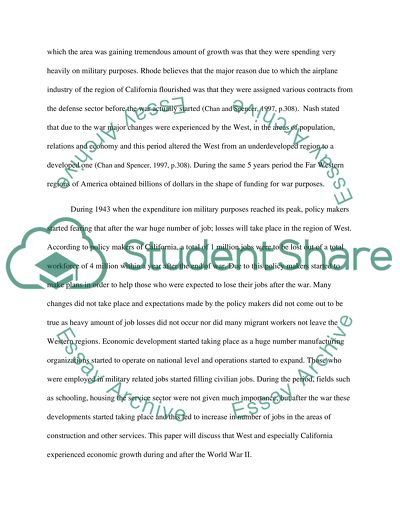Cite this document
(“Economy of California During World War II Essay”, n.d.)
Retrieved de https://studentshare.org/history/1459701-economy-of-california-during-world-war-ii
Retrieved de https://studentshare.org/history/1459701-economy-of-california-during-world-war-ii
(Economy of California During World War II Essay)
https://studentshare.org/history/1459701-economy-of-california-during-world-war-ii.
https://studentshare.org/history/1459701-economy-of-california-during-world-war-ii.
“Economy of California During World War II Essay”, n.d. https://studentshare.org/history/1459701-economy-of-california-during-world-war-ii.


